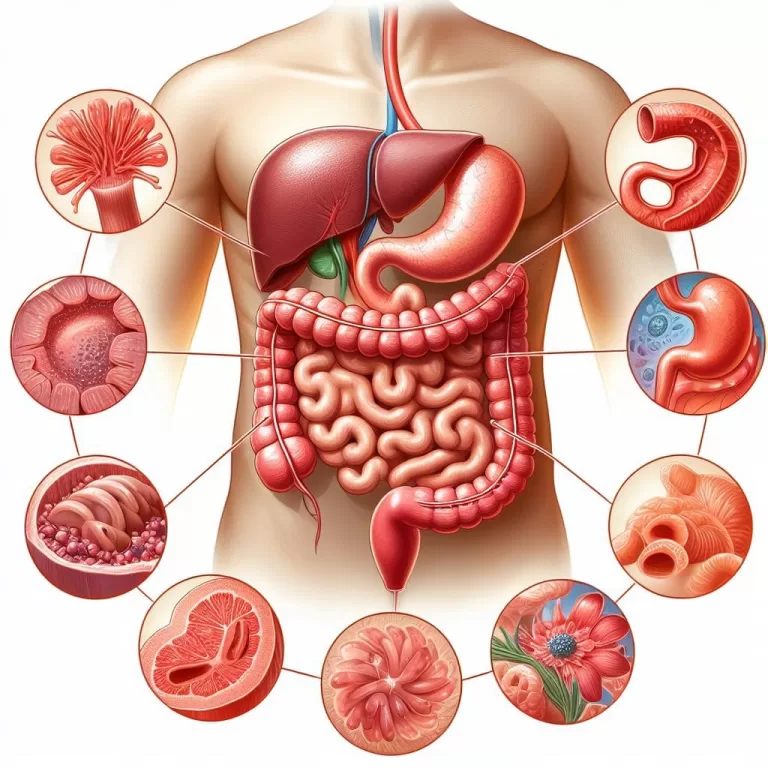Fistulectomy
**Fistulectomy: A Comprehensive Treatment for Fistulas**
Fistulectomy is a surgical procedure that removes a fistula, an abnormal connection between two body cavities or organs. Fistulas can occur in various parts of the body, including the rectum, vagina, and skin.
**Procedure:**
Fistulectomy involves identifying, dissecting, and removing the fistula tract. This may require a variety of techniques, including:
* **Simple fistulectomy:** Removal of the fistula tract without preserving surrounding tissue.
* **Core fistulectomy:** Preserving part of the surrounding tissue for functional purposes.
* **Complex fistulectomy:** Advanced techniques used for fistulas in difficult locations or with complex anatomy.
**Indications:**
Fistulectomy is indicated for fistulas that:
* Cause pain, discomfort, or drainage
* Are recurrent or persistent
* Compromise the function of surrounding tissues
**Benefits:**
Fistulectomy can provide significant benefits, including:
* Pain relief and improved quality of life
* Resolution of infection
* Restoration of tissue function
* Reduced risk of recurrence
**Complications:**
As with any surgical procedure, fistulectomy can carry certain complications, such as:
* Bleeding
* Infection
* Nerve damage
* Wound healing issues
**Recovery:**
Recovery from fistulectomy typically involves:
* Wound care and infection prevention
* Sitz baths for rectal fistulas
* Activity restrictions
* Follow-up appointments to monitor healing and prevent complications
**Additional Information:**
* Fistulectomy is often performed with the assistance of advanced imaging techniques, such as MRI and ultrasound.
* The type of fistulectomy performed will depend on the location, type, and severity of the fistula.
* Individuals should consult with a qualified medical professional to determine the best treatment option for their specific condition.
Gastrointestinal Fistula: Types, Symptoms, Causes, Diagnosis, and Treatment

A gastrointestinal fistula (GIF) is an abnormal opening in your digestive tract that causes gastric fluids to seep through the lining of your stomach or intestines. If you have a GIF, you’re more at risk for infection when these fluids…
